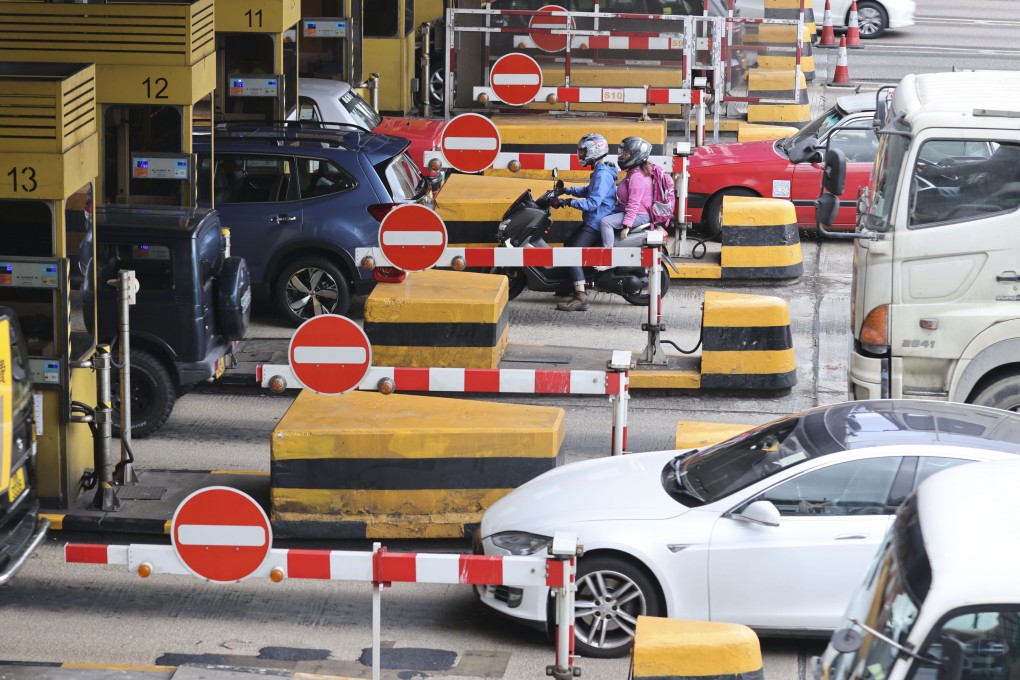Letters | Three smart steps Hong Kong can take to break traffic gridlock
- Readers discuss how Hong Kong can enhance traffic management, why car owners should not be prioritised, and the absence of luggage trolleys at Airport Express stations

To further enhance smart mobility, I would like to put forward three suggestions.
In the near term, use AI to analyse data. As we have just returned to normalcy, the traffic flow data in the last three years may not reflect the current traffic pattern. Furthermore, there is a significant difference between the labour force figures in 2021 and the current numbers, so it is necessary to conduct in-depth analysis of spatial data and labour force data to support policy formulation.
Geographic information systems are effective in providing a single source of truth (SSOT), a platform with reliable information for analysis, helping decision-makers with flexible resource allocation and policy optimisation.
Further, using AI algorithms together with spatial data obtained through sources like closed-circuit television, drones and low-earth orbit satellite imagery can provide the authorities with a deeper understanding of past and present traffic patterns. For example, by counting the number of vehicles entering a designated area and their length of stay, the authorities can assess in more detail their impact on road capacity and the environment. This helps predict future trends more precisely.